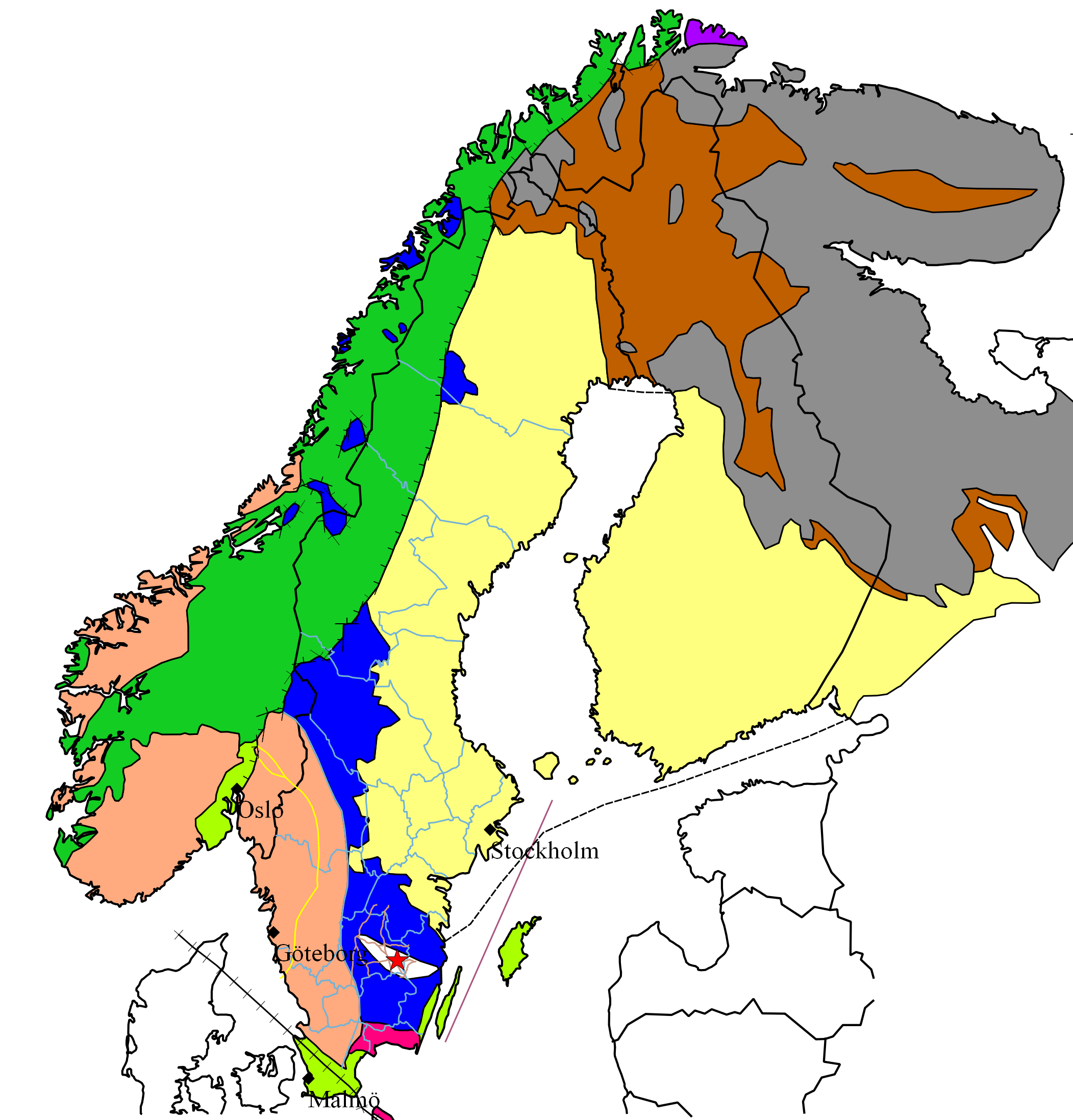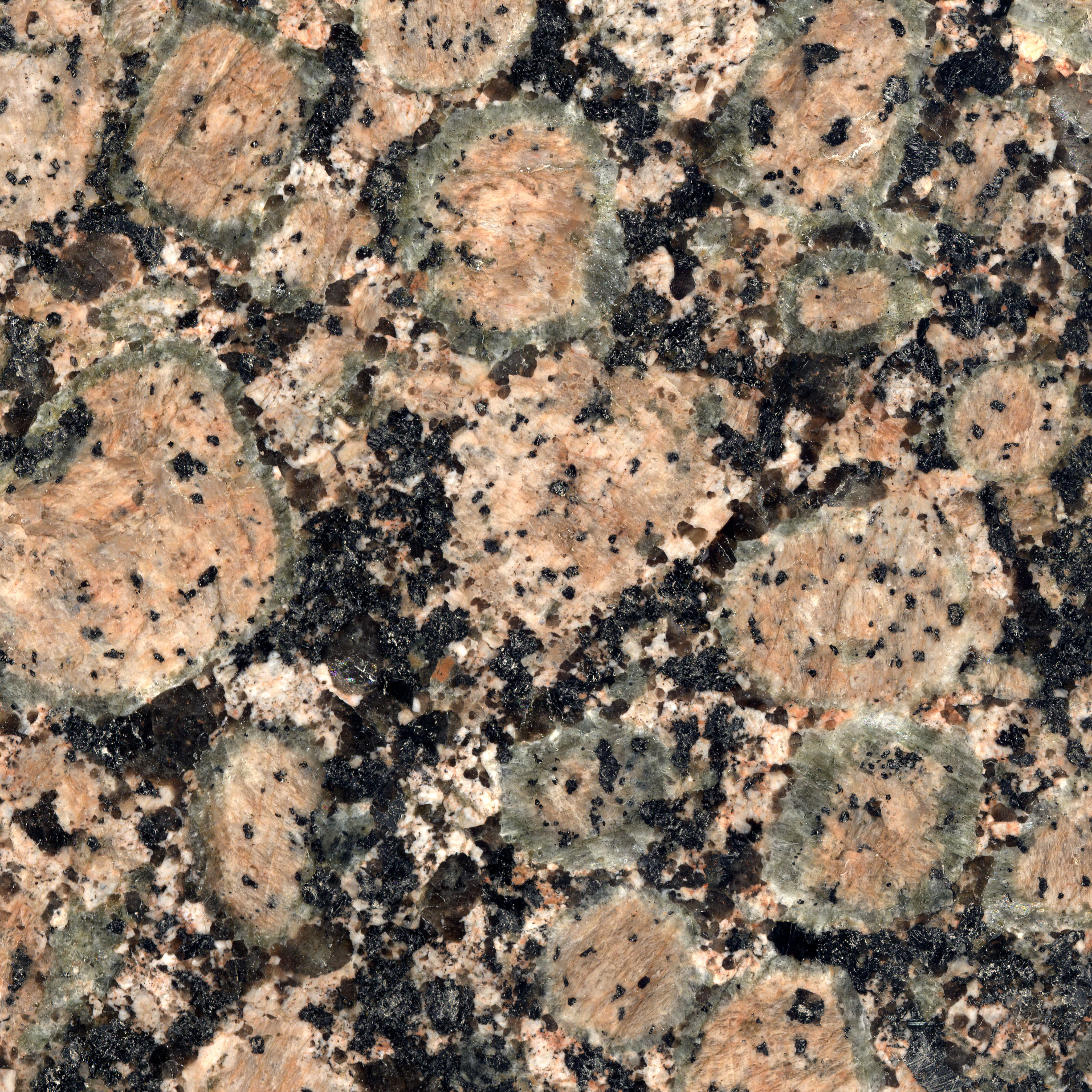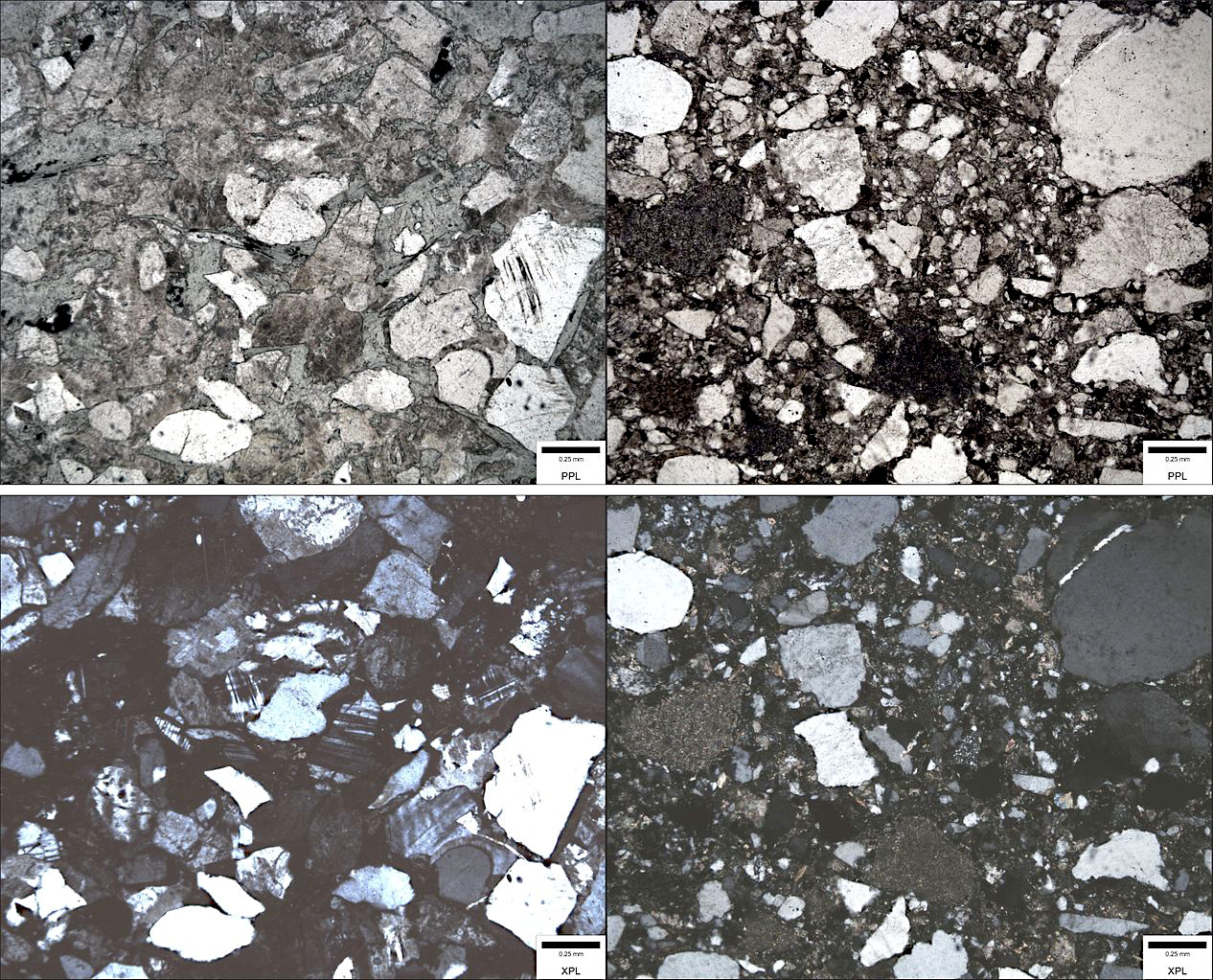|
Geology Of Sweden
The geology of Sweden is the regional study of rocks, minerals, tectonics, natural resources and groundwater in the country. The oldest rocks in Sweden date to more than 2.5 billion years ago in the Precambrian. Complex orogeny mountain building events and other tectonic occurrences built up extensive metamorphic crystalline basement rock that often contains valuable metal deposits throughout much of the country. Metamorphism continued into the Paleozoic after the Snowball Earth glaciation as the continent Baltica collided with an island arc and then the continent Laurentia. Sedimentary rocks are most common in southern Sweden with thick sequences from the last 250 million years underlying Malmö and older marine sedimentary rocks forming the surface of Gotland. Stratigraphy, Tectonics & Geologic History The oldest rocks in Sweden date to the Archean, more than 2.5 billion years ago. Archean crystalline basement rocks are restricted to a few areas in the far north and are mainly ... [...More Info...] [...Related Items...] OR: [Wikipedia] [Google] [Baidu] |
Schist
Schist ( ) is a medium-grained metamorphic rock generally derived from fine-grained sedimentary rock, like shale. It shows pronounced ''schistosity'' (named for the rock). This means that the rock is composed of mineral grains easily seen with a low-power hand lens, oriented in such a way that the rock is easily split into thin flakes or plates. This texture (geology), texture reflects a high content of platy minerals, such as mica, talc, chlorite group, chlorite, or graphite. These are often interleaved with more granular minerals, such as feldspar or quartz. Schist typically forms during regional metamorphism accompanying the process of mountain building (orogeny) and usually reflects a medium Metamorphism#Metamorphic grades, grade of metamorphism. Schist can form from many different kinds of rocks, including sedimentary rocks such as mudstones and igneous rocks such as tuffs. Schist metamorphosed from mudstone is particularly common and is often very rich in mica (a ''mica schis ... [...More Info...] [...Related Items...] OR: [Wikipedia] [Google] [Baidu] |
Syenite
Syenite is a coarse-grained intrusive igneous rock with a general composition similar to that of granite, but deficient in quartz, which, if present at all, occurs in relatively small concentrations (< 5%). It is considered a granitoid. Some syenites contain larger proportions of components and smaller amounts of material than most granites; those are classed as being of . The |
Rapakivi Granite
Rapakivi granite is an igneous intrusive rock and variant of alkali feldspar granite. It is characterized by large, rounded crystals of orthoclase each with a rim of oligoclase (a variety of plagioclase). Common mineral components include hornblende and biotite. The name has come to be used most frequently as a textural term where it implies plagioclase rims around orthoclase in plutonic (intrusive) rocks. Rapakivi is a Finnish compound of "rapa" (meaning "mud" or "sand", while ''rapautua'' means "to erode") and "kivi" (meaning "rock"), because the different heat expansion coefficients of the component minerals make exposed rapakivi crumble easily into sand. Rapakivi was first described by Finnish petrologist Jakob Sederholm in 1891. Since then, southern Finland's rapakivi granite intrusions have been the type locality of this variety of granite. Occurrence Rapakivi is a fairly uncommon type of granite, but has been described from localities in North and South America ( Ill ... [...More Info...] [...Related Items...] OR: [Wikipedia] [Google] [Baidu] |
Granite
Granite ( ) is a coarse-grained (phanerite, phaneritic) intrusive rock, intrusive igneous rock composed mostly of quartz, alkali feldspar, and plagioclase. It forms from magma with a high content of silica and alkali metal oxides that slowly cools and solidifies underground. It is common in the continental crust of Earth, where it is found in igneous intrusions. These range in size from dike (geology), dikes only a few centimeters across to batholiths exposed over hundreds of square kilometers. Granite is typical of a larger family of ''granitic rocks'', or ''granitoids'', that are composed mostly of coarse-grained quartz and feldspars in varying proportions. These rocks are classified by the relative percentages of quartz, alkali feldspar, and plagioclase (the QAPF diagram, QAPF classification), with true granite representing granitic rocks rich in quartz and alkali feldspar. Most granitic rocks also contain mica or amphibole minerals, though a few (known as leucogranites) conta ... [...More Info...] [...Related Items...] OR: [Wikipedia] [Google] [Baidu] |
Bothnian Basin
{{disambig, geo ...
Bothnia or Bothnian may refer to: * Gulf of Bothnia, a gulf of the Baltic Sea between Sweden and Finland **Bothnian Bay, the northernmost waters of the gulf **Bothnian Sea, the southernmost waters of the gulf * Provinces in Sweden and Finland named after the gulf: ** Ostrobothnia (other), multiple entities ** West Bothnia, located west of the gulf ** North Bothnia, located northwest of the gulf * "Rear Bothnia", or Peräpohjola, southern part of Finnish Lapland * SS ''Bothnia'', transatlantic steamship (1874–99) * Bothnia Line, high speed railway in northern Sweden * Bothnian Highway, a main road between Kaskinen and Seinäjoki Similar spellings * Bosnia * Boothia (other) * Botany Bay Botany Bay (Dharawal language, Dharawal: ''Kamay'') is an open oceanic embayment, located in Sydney, New South Wales, Australia, south of the Sydney central business district. Its source is the confluence of the Georges River at Taren Point a ... [...More Info...] [...Related Items...] OR: [Wikipedia] [Google] [Baidu] |
Fennoscandian Shield
The Baltic Shield (or Fennoscandian Shield) is a segment of the Earth's crust belonging to the East European Craton, representing a large part of Fennoscandia, northwestern Russia and the northern Baltic Sea. It is composed mostly of Archean and Proterozoic gneisses and greenstone which have undergone numerous deformations through tectonic activity. It contains the oldest rocks of the European continent with a thickness of 250–300 km. The Baltic Shield is divided into five ''provinces'': the Svecofennian and Sveconorwegian (or Southwestern gneiss) provinces in Fennoscandia, and the Karelian, Belomorian and Kola provinces in Russia. The latter three are divided further into several ''blocks'' and ''complexes'' and contain the oldest of the rocks, at 3100–2500 Ma (million years) old. The youngest rocks belong to the Sveconorwegian province, at 1700–900 Ma old. Thought to be formerly part of an ancient continent, the Baltic Shield grew in size through collisions wi ... [...More Info...] [...Related Items...] OR: [Wikipedia] [Google] [Baidu] |
Greywacke
Greywacke or graywacke ( ) is a variety of sandstone generally characterized by its hardness (6–7 on Mohs scale), dark color, and Sorting (sediment), poorly sorted angular grains of quartz, feldspar, and small rock fragments or sand-size Lithic fragment (geology), lithic fragments set in a compact, clay-fine matrix. It is a texturally immature sedimentary rock generally found in Paleozoic Stratum, strata. The larger Particle size (grain size), grains can be sand- to gravel-sized, and Matrix (geology), matrix materials generally constitute more than 15% of the rock by volume. Formation The origin of greywacke was unknown until turbidity currents and turbidites were understood, since, according to the normal laws of sedimentation, gravel, sand and mud should not be laid down together. Geologists now attribute its formation to submarine avalanches or strong turbidity currents. These actions churn sediment and cause mixed-sediment slurries, in which the resulting deposits may ex ... [...More Info...] [...Related Items...] OR: [Wikipedia] [Google] [Baidu] |
Granitoid
A granitoid is a broad term referring to a diverse group of coarse-grained igneous rocks that are widely distributed across the globe, covering a significant portion of the Earth's exposed surface and constituting a large part of the continental crust. These rocks are primarily composed of quartz, plagioclase, and alkali feldspar. Granitoids range from plagioclase-rich tonalites to alkali-rich syenites and from quartz-poor monzonites to quartz-rich quartzolites. As only two of the three defining mineral groups (quartz, plagioclase, and alkali feldspar) need to be present for the rock to be called a granitoid, foid-bearing rocks, which predominantly contain feldspars but no quartz, are also granitoids. Nomenclature and classification The terms ''granite'' and ''granitic rock'' are often used interchangeably for granitoids; however, granite is just one particular type of granitoid. Granitoids are diverse. No classification system for granitoids can give a complete and unique ... [...More Info...] [...Related Items...] OR: [Wikipedia] [Google] [Baidu] |
Dolomite (rock)
Dolomite (also known as dolomite rock, dolostone or dolomitic rock) is a sedimentary rock, sedimentary carbonate rock that contains a high percentage of the mineral Dolomite (mineral), dolomite, CaMg(CO3)2. It occurs widely, often in association with limestone and evaporites, though it is less abundant than limestone and rare in Cenozoic rock beds (beds less than about 66 million years in age). One of the first geologists to distinguish dolomite from limestone was Déodat Gratet de Dolomieu, a French mineralogist and geologist after whom it is named. He recognized and described the distinct characteristics of dolomite in the late 18th century, differentiating it from limestone. Most dolomite was formed as a magnesium replacement of limestone or of Lime (mineral), lime mud before lithification. The geological process of conversion of calcite to dolomite is known as dolomitization and any intermediate product is known as dolomitic limestone. The "dolomite problem" refers to the v ... [...More Info...] [...Related Items...] OR: [Wikipedia] [Google] [Baidu] |







